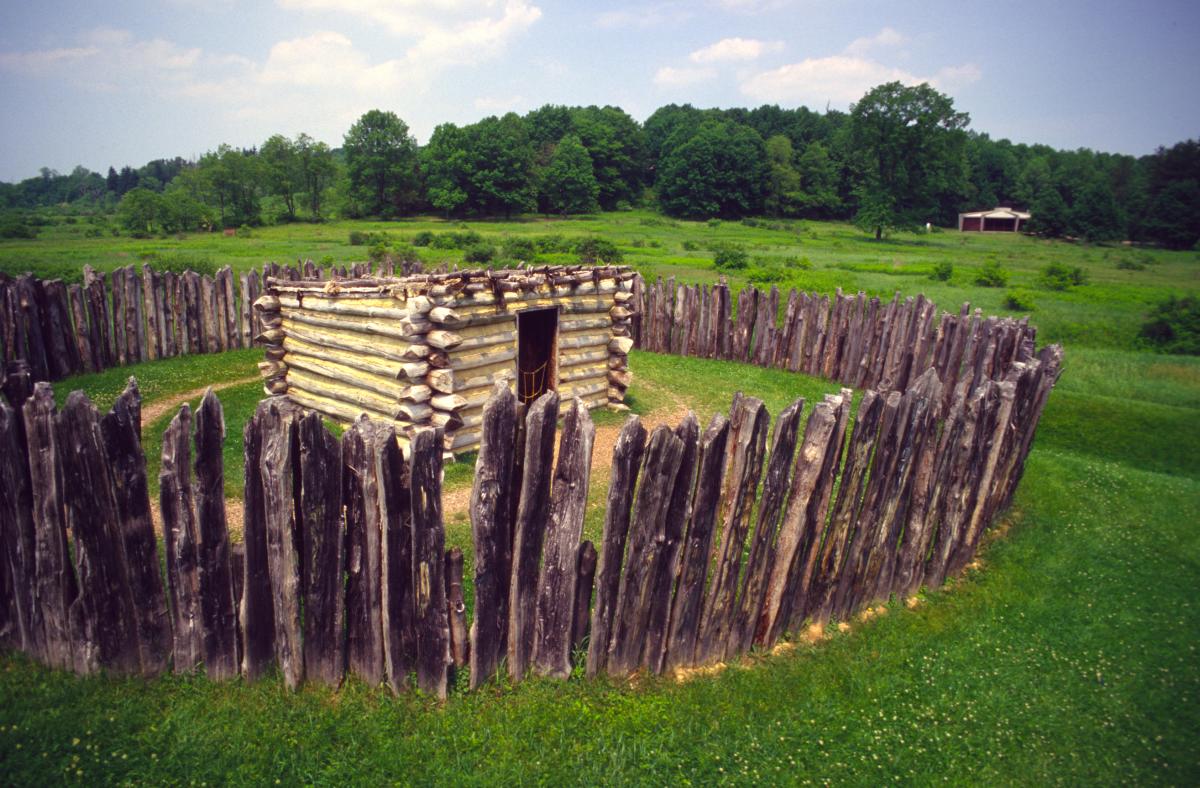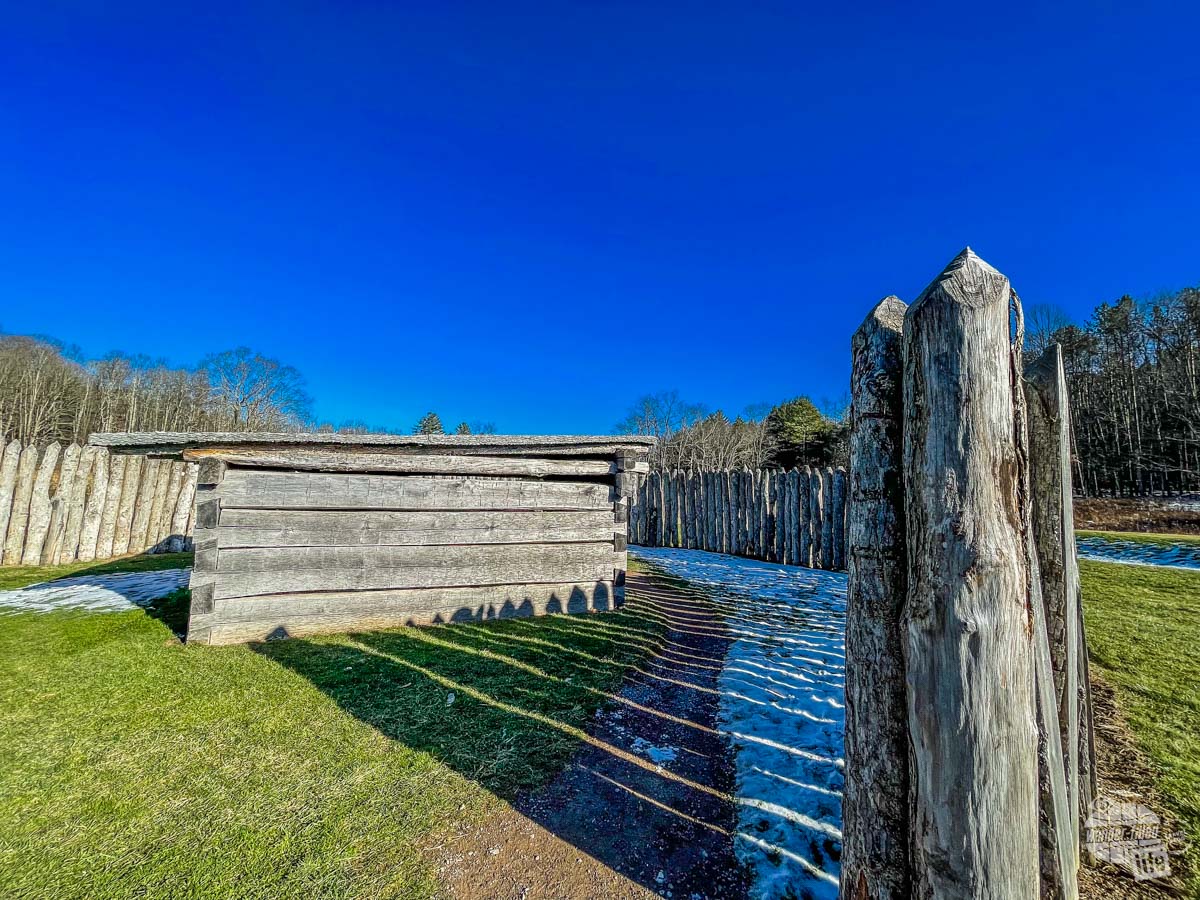
The Enduring Echoes: America’s Legends from Tall Tales to Tarnished Truths
America, a nation forged in revolution and constantly reinventing itself, possesses a rich tapestry of legends that reflect its complex identity, its vast landscapes, and its enduring aspirations. These narratives, whether born of frontier myth-making, historical events elevated to epic status, or the quiet whispers of folklore, serve as cultural touchstones, shaping our understanding of who we are and where we came from. From the colossal feats of lumberjacks to the humble beginnings of a future president, American legends are a vibrant, evolving chronicle of a nation perpetually in pursuit of its own story.
At its heart, a legend is a story that transcends mere fact, imbued with symbolic meaning that resonates with a collective imagination. In America, these stories often speak to themes of individualism, resilience, ingenuity, and the relentless spirit of exploration. Take, for instance, the pantheon of American tall tales. These exaggerated narratives, often born in the logging camps and dusty plains, celebrate human prowess in the face of an untamed wilderness. Paul Bunyan, the colossal lumberjack whose axe carved out the Grand Canyon and whose blue ox, Babe, created the Mississippi River, embodies the boundless energy and ambition required to conquer a continent. Johnny Appleseed, or John Chapman, who traversed the Midwest planting apple orchards for future generations, symbolizes foresight, perseverance, and a deep connection to the land. These figures, while fictional, are more than just campfire stories; they are allegories for the American drive to tame, cultivate, and leave a lasting mark on the land.
Beyond these purely folkloric creations, America’s legends frequently blur the lines between history and myth, transforming real events and figures into something grander, more archetypal. The westward expansion, for example, is fertile ground for such legends. The romanticized image of the lone cowboy, riding into the sunset, embodies freedom and self-reliance, even as the historical reality was often far more brutal and complex. Figures like Daniel Boone, the archetypal frontiersman, or the Pony Express riders, defying danger to deliver mail across vast distances, become legends not just for what they did, but for what they represent: the audacious spirit of a nation pushing its boundaries. These stories often serve to simplify complicated histories, creating heroes and villains, and imbuing national endeavors with a sense of righteous destiny.

Yet, some of the most compelling legends are those that spring from the very foundations of the nation, providing origin stories for its ideals and its leaders. It is here, amidst the grit and uncertainty of early colonial expansion, that we find narratives like that surrounding Fort Necessity, a small, palisaded fort in the wilds of southwestern Pennsylvania, which holds a surprisingly pivotal place in the American legendarium.
In the summer of 1754, a young, ambitious, and utterly inexperienced 22-year-old Virginia militia colonel named George Washington found himself at the epicenter of a conflict that would eventually ignite a global war. Tasked with asserting British claims in the Ohio Country, Washington’s forces clashed with a French detachment in a skirmish at Jumonville Glen. The ensuing diplomatic fallout and military response led Washington to construct Fort Necessity in a hurry – a rather ill-chosen spot in a marshy clearing, vulnerable to attack from the surrounding woods. On July 3, 1754, a combined force of French and Native American warriors besieged the fort. After a day-long battle fought in a torrential downpour that soaked their gunpowder, Washington and his men were forced to surrender.
This event, Washington’s only military surrender, might seem an inauspicious beginning for a future national hero. Yet, in the grand narrative of American legends, Fort Necessity becomes a crucial crucible, a baptism by fire for the man who would one day lead the Continental Army. It wasn’t a glorious victory, but it was a profound learning experience. Washington signed a surrender document – written in French, which he couldn’t read – that inadvertently admitted to assassinating the French envoy Jumonville, a claim that further inflamed tensions.
The legend of Fort Necessity, therefore, is not one of triumph, but of perseverance and the painful acquisition of wisdom. It is the story of a young man making mistakes, facing defeat, and yet emerging with a deeper understanding of military strategy, diplomacy, and the formidable challenges of frontier warfare. Historian Fred Anderson, in his book "Crucible of War," highlights how the Jumonville Glen incident and the subsequent surrender at Fort Necessity were "the sparks that ignited the French and Indian War," which in turn escalated into the Seven Years’ War, a global conflict that reshaped colonial empires and ultimately set the stage for the American Revolution. The legend of Washington at Fort Necessity is therefore the legend of humble, even ignominious, beginnings that nonetheless laid the groundwork for future greatness. It teaches that even setbacks can be foundational, shaping character and preparing one for the arduous path ahead. It’s a powerful counter-narrative to the idea that heroes are born flawless; instead, it suggests they are forged through adversity.
As the nation matured, so too did its legends, reflecting new anxieties and aspirations. The Revolutionary War itself became a wellspring of heroic narratives: Washington crossing the Delaware, Valley Forge, Paul Revere’s ride. These were real events, but their retelling often exaggerated individual heroism, downplayed internal divisions, and created a unified national mythology that reinforced patriotic values. The "shot heard ’round the world" at Lexington and Concord, while a genuine historical event, is elevated to legendary status as the symbol of American defiance against tyranny.
Later, the Civil War, a period of immense national trauma, produced its own set of legends, often deeply divided along regional lines. The stoicism of Robert E. Lee for the South, the unwavering resolve of Abraham Lincoln for the North – these figures became symbolic representations of their respective causes, their personal stories interwoven with the larger narrative of national struggle and reconciliation. Even in the post-war era, figures like the industrial magnates (Carnegie, Rockefeller) or inventors (Edison, Ford) took on legendary status, embodying the American dream of self-made success and technological progress.
In the 20th and 21st centuries, the nature of American legends continues to evolve. While traditional folklore still holds sway in local communities – think of the Headless Horseman of Sleepy Hollow or the various cryptids like Bigfoot that stalk the wilderness – modern legends often manifest as urban myths, conspiracy theories, or the celebrated achievements of athletes, artists, and innovators. Neil Armstrong’s "one small step" became an instant legend, symbolizing humanity’s reach for the stars and America’s technological prowess. Figures like Martin Luther King Jr. and Rosa Parks, through their courageous acts and profound moral vision, transcended historical facts to become legendary icons of the Civil Rights movement, embodying the ongoing struggle for equality and justice.
The legends of America are not static relics of the past; they are living, breathing narratives that are constantly reinterpreted and re-evaluated through contemporary lenses. The heroes of yesterday might face scrutiny today as society grapples with the complexities of their actions and beliefs. This dynamic process ensures that America’s legends remain relevant, continually shaping and reflecting the nation’s ever-changing identity.

In conclusion, from the fantastical exploits of Paul Bunyan to the formative trials of George Washington at Fort Necessity, and on to the iconic moments of the modern era, American legends form the bedrock of the nation’s collective consciousness. They are a mosaic of tall tales, historical events imbued with symbolic weight, and the ongoing stories of individuals who embody the nation’s highest ideals and deepest struggles. These narratives, whether celebrating strength, resilience, ingenuity, or the pursuit of justice, offer a powerful lens through which to understand the soul of a country forever in the making, a nation that continually finds meaning in the enduring echoes of its past.


